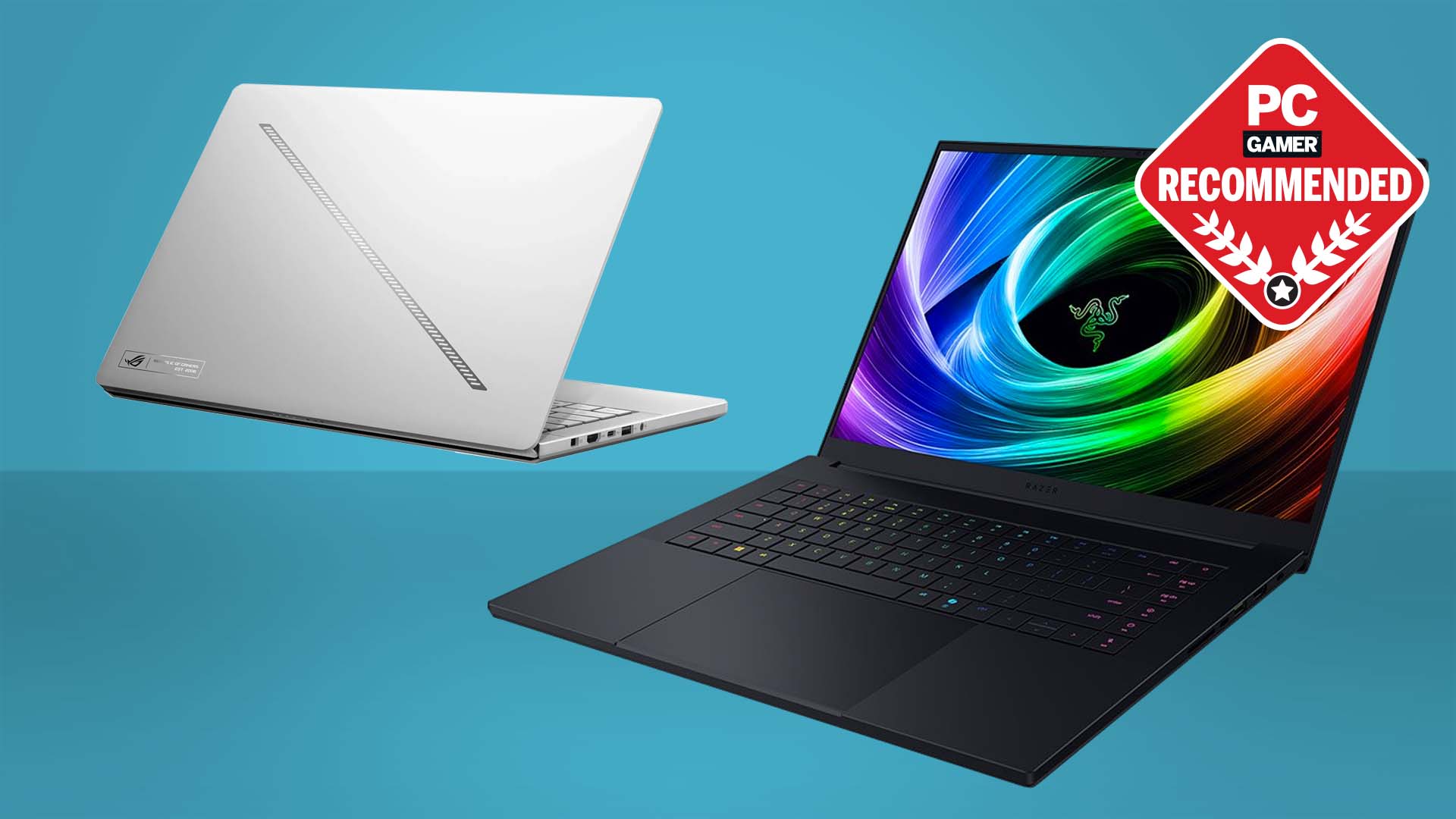Qualcomm's Snapdragon 835 prepares for battle with Intel and AMD on PC
PC makers are lining up to release Windows 10 devices powered by Snapdragon SoCs.

For the most part, the desktop PC has been the exclusive domain of Intel and AMD. The old RISC versions of Windows NT didn't really go anywhere, and Windows RT floundered as well. That could change with Microsoft's renewed attempt to make Windows on ARM a reality, and Qualcomm is lining up PC makers to inject its ARM-based Snapdragon 835 processor into Windows 10 devices.
Qualcomm's selling point is that these devices will mesh the best parts of mobile with the capabilities of the Windows 10 ecosystem.
"Today's consumers experience mobility in nearly every aspect of their lives and they've come to expect more from their PCs than legacy computing models are able to provide," said Cristiano Amon, executive vice president, Qualcomm Technologies, Inc., and president, QCT. "With compatibility for the Windows 10 ecosystem, the Snapdragon Mobile PC Platform will enable Windows 10 hardware makers to develop next-generation modern device form factors and deliver unparalleled anything, anywhere creation experiences with up to Gigabit Class LTE connectivity."
Some big names are involved here. Asus, HP, and Lenovo have all committed to releasing sleek and fanless Windows 10 devices with Qualcomm's hardware inside.
This isn't going to flip PC gaming on its head, though it will be interesting to see what these devices will be capable of on the graphics side. When you think about the high resolutions of today's flagship smartphones, the GPU cores powering the graphics experience are actually pretty powerful.
In this case, the Snadragon 835 pairs a Kyro 280 CPU with an Adreno 540 GPU. The latter is the newest GPU from Qualcomm with a higher clockspeed than its predecessor (710MHz versus 624MHz). According to Qualcomm, it delivers up to 25 percent faster graphics rendering compared to the Adreno 530 and supports "real-life-quality visuals." It's also capable of putting together 4K 360 video in real-time.
While these devices will be focused on productivity chores and general purpose computing, we wouldn't be surprised if hardware vendors started to promote casual gaming as well. But if you're wondering how the Adreno 540 compares to a GeForce or Radeon GPU, current estimates of performance put it at around 567 GFLOPS. That's faster (in theory) than Intel's HD Graphics 630, but about one third the speed of a GTX 1050 or RX 460. Perfect for games like Hearthstone. It's also unclear what performance and support will be like for existing Win32 applications and games, but we'll find out soon enough.
Keep up to date with the most important stories and the best deals, as picked by the PC Gamer team.
Paul has been playing PC games and raking his knuckles on computer hardware since the Commodore 64. He does not have any tattoos, but thinks it would be cool to get one that reads LOAD"*",8,1. In his off time, he rides motorcycles and wrestles alligators (only one of those is true).



